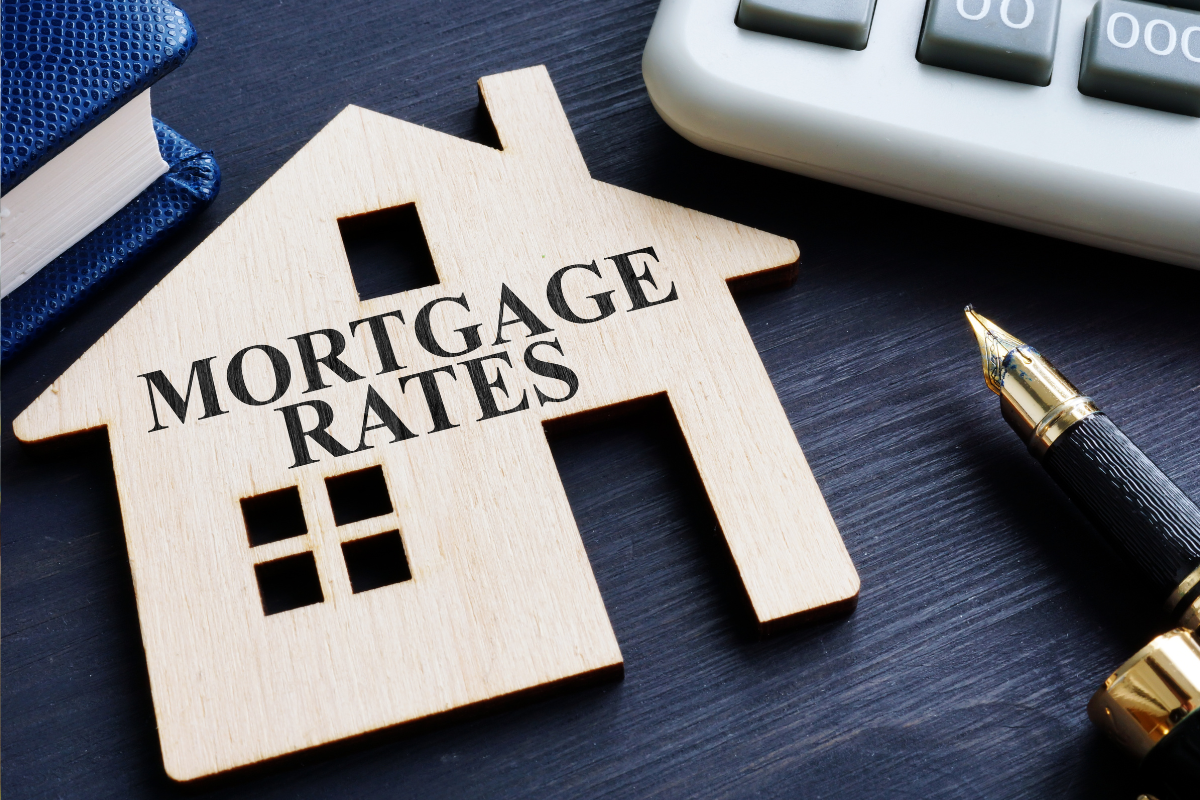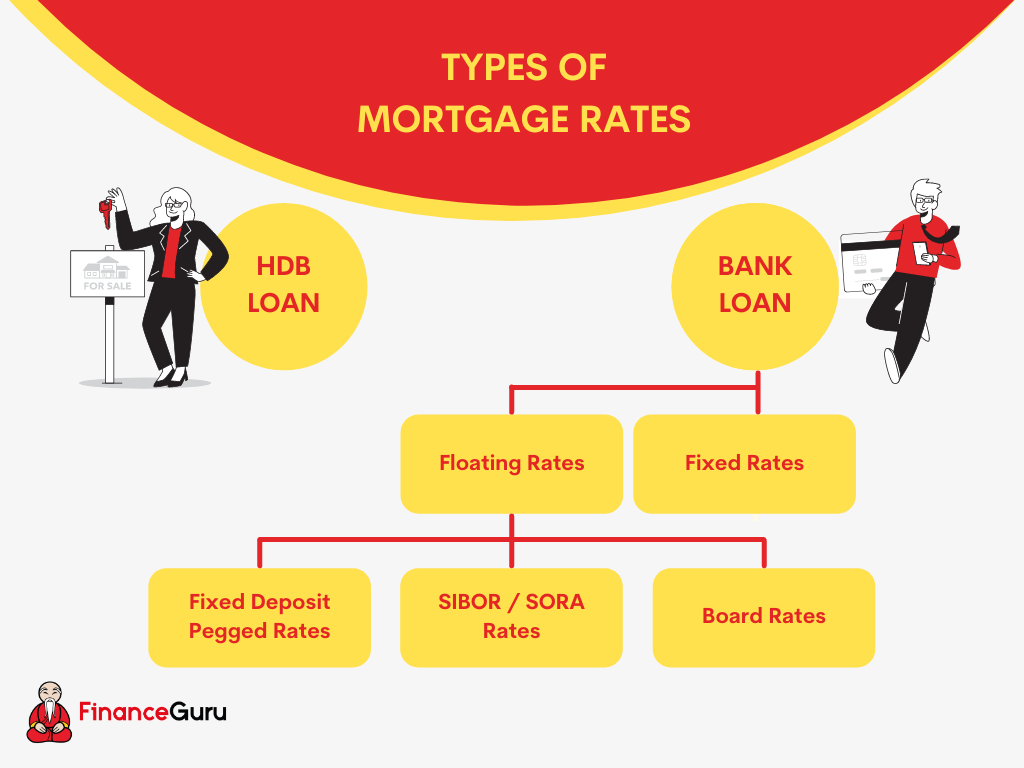Planning a wedding? Home renovations? Looking to get a new car because your COE has expired? A personal loan in Singapore can help you achieve all of that.
For most, unless it’s for a large amount, taking a loan would not be an immediate consideration.
However, if you know you can make consistent fixed monthly payments over the loan term, personal loans are a cheaper option for a small, quick cash injection, as opposed to the interests on deferred credit card payments.
What is a Personal Loan?
In its simplest definition, a personal loan is a versatile amount of money that can be used for whatever you like. It’s payable over a series monthly instalments, over an agreed duration of time.
Compared to mortgages of a larger quantum, approvals for personal loans are usually made quickly. Once approved, you can have access to the money within a few days.
Personal loans in Singapore operate on a simple understanding: repay on time and save money on interest.

FinanceGuru’s guiding principle on getting a Personal Loan in Singapore
You should only borrow what you need. For example, if you have a specific purpose in mind, such as renovating your kitchen, borrow the amount to cover this.
In the loan instalment plan you apply for, you can determine a comfortable monthly repayment amount and pay it back over time.
4 key things to consider when choosing a Personal Loan in Singapore
Before you leap right into a loan application, there are what you should consider:
1. Types of Personal Loans available
You can typically get an unsecured personal loan for up to 10 times of your monthly salary.
An unsecured personal loan, where nothing is offered up as security for the debt, features a higher interest rate. If a borrower defaults on repayments, the lender may take legal proceedings to recover the loan amount.
If you’re looking for a personal loan with a larger quantum, lower interest rates and a longer tenure, you may want to check out equity loans.
An equity loan lets you tap into the value of your property as collateral for the loan. If your property has increased in value over time, an equity loan is a better way to borrow some money at a low interest rate, as compared to an unsecured personal loan.
2. Is a Personal Loan the right loan product for you?
There are various loan products in the market. Making the right choice will serve your needs better and potentially save you time and money.
For instance, you could take up a debt consolidation loan instead of a personal loan to pay off existing hefty amounts of credit card debts.
If you’re looking to renovate your home, you could tap into your home equity and possibly get a better rate with a renovation loan, instead of a personal loan.
Getting the right information is, therefore, key.
3. How much can you borrow

When was the last time you checked your credit score? With lenders now stricter than ever, your credit score can directly influence your chances of being approved for a loan.
As with any loan, there’s a borrowing capacity applied for every individual. While personal loans are typically smaller than a home loan or a business loan, the allowable loan amount is determined by various factors such as your income and credit score.
On a more immediate front, review your obligations when considering applying for a loan. Determine how much you can afford to borrow upon reviewing your income and expenses.
4. Selecting the right lender for your Personal Loan in Singapore
With so many financing sources offering personal loans, looking where to start can be an overwhelming exercise.
Without the right questions to ask, it can be hard to know which one you should be applying for. You’ll find each lender, bank or financial institution to feature its own range of products, interest rates, and terms vary.
Determining the basis of comparison is the next big challenge. Why struggle to find a loan when you can get some complimentary help to find the best loan product from the many different types of loans out there?
Reach out to FinanceGuru for a free, no-obligation consultation with a fully qualified loan advisor. Our loan specialists can work with you to:
- Determine what you can afford to borrow over various repayment term scenarios
- Provide a comprehensive overview of how each loan works and its interest rates, fees and features
- Shortlist a range of loan options at competitive rates that are appropriate to your needs and objectives
- Explain the monthly payment, the term of repayment, late fees and penalties for prepayment of your preferred option
- Apply for a loan, submit and manage the process through to approval
Experience the difference with an advised Personal Loan from a fully qualified loan specialist. Contact us here.

If you have any further queries, feel free to contact us for a chat. Here at FinanceGuru, we seek to help you better prepare for your finances and the upcoming milestones in your life. Get a non-obligatory assessment and loan product recommendations here.

































